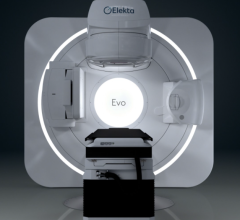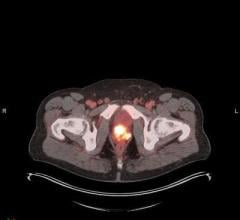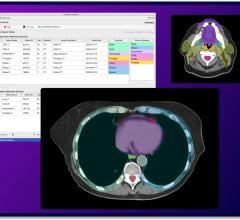
San Antonio, October 19, 2015— For high-risk patients who receive chemoradiation therapy for head and neck cancer, frequent follow-up appointments conducted by advance practice nurses (APN) in a clinical outpatient setting allowed for more intensive symptom management. This program resulted in fewer post-treatment emergency room visits and hospital admissions compared to historical outcomes, according to research presented at the American Society for Radiation Oncology’s (ASTRO’s) 57th annual meeting.
Treatments such as radiation therapy (RT) and chemoradiation therapy (CRT) for patients with head and neck cancer can cause various side-effects, resulting in infection risks and complications that may require unplanned emergency room visits or hospital admissions in the immediate post-treatment months.
APNs have post-graduate education in nursing, often in a specific role and/or patient population, allowing them to diagnose and treat illnesses and to prescribe medication.
This study compared the incidence of adverse events (i.e. unplanned emergency room visits and hospital admissions) in 25 high-risk head and neck cancer patients who received post-treatment care at an APN-led, acute-rehabilitation-focused clinic to the incidence of adverse events of 24 head and neck cancer patients who received standard follow-up treatment. The standard follow-up group patients were identified using an approved institutional review board database.
Patients were considered high-risk if they had limited social support, resided in a nursing home, required multiple hydrations during treatment, received a second course of stereotactic body radiation therapy (SBRT) and/or had a feeding tube.
Of the 49 total patients included in the study, 90 percent had stage IV or recurrent cancer. All patients were treated with intensity-modulated radiation therapy (IMRT) or SBRT techniques. RT alone was given to 22 patients (45 percent) and the other 27 patients (55 percent) received radiation therapy with concurrent chemotherapy using either cisplastin or cetuximab.
Compared to patients in the standard follow-up group, patients in the APN clinic group (APNCG) were seen twice as often (1.2 versus 2.0 visits), with the standard follow-up group being seen at four to six weeks post-treatment, then at three months post-treatment. The APNCG patients were seen at two to four weeks post-treatment and every two to four weeks thereafter until symptoms stabilized.
Of the 49 patients studied, 18 experienced adverse events a total of 26 times. Of those 18 who visited the emergency room or were admitted to the hospital, six (33 percent) were receiving frequent follow-up through the APN-led clinic. Patients who were treated with RT alone who were in the APNCG had the most significant decrease in complications with only 16.7 percent experiencing adverse effects versus 60 percent in the standard follow up group. No difference was found in the patients treated with CRT, due to the intensive post-RT follow-up also provided by medical oncology.
“This study illustrates an important role for APNs in radiation oncology,” said lead study author Bridgett Harr, CNP, Department of Radiation Oncology at Cleveland Clinic. “[APNs] are in a unique position to provide more intensive follow-up care, allowing them to better manage the post-treatment symptoms of high-risk head and neck cancer patients. Not only is there greater patient satisfaction when being managed in an outpatient setting, it is more cost-effective to avoid emergency room or hospital admissions. The APN’s ability to provide high-quality, cost-effective care will play an increasingly vital role in the future of radiation oncology and healthcare.”
For more information: www.astro.org


 May 16, 2024
May 16, 2024 








